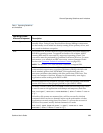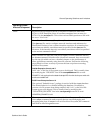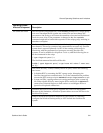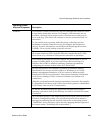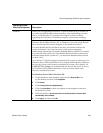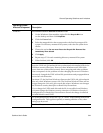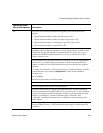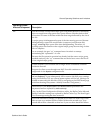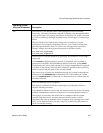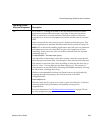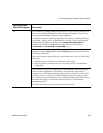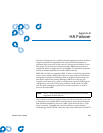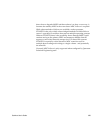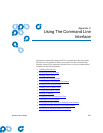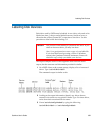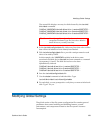
General Operating Guidelines and Limitations
StorNext User’s Guide 347
All In StorNext 3.0, the default buffer cache settings have been modified.
Previously, all reads/writes that were 64K or smaller went through the buffer
cache while larger I/O requests went direct. In StorNext 3.0, read/writes that
are 1MB or smaller go through the buffer cache, while larger I/O requests go
direct.
The new buffer cache settings may change the I/O behavior of some
applications. For example, on managed servers, I/O to and from tape now
goes through the buffer cache. To revert to the settings used in previous
releases, change the following mount options on StorNext clients:
auto_dma_read_length=65537
auto_dma_write_length=65537
In StorNext 3.0, obsolete methods of specifying FSS addresses are no longer
supported.
If the
fsroutes configuration file is present, it is ignored and a warning is
generated. In addition, the FSM address field for each entry in the
fsmlist
configuration file (the second column) is no longer supported and is ignored
if present. If the priority field (the third column) is specified, then a period (.)
must be used to take the place of the second column.
The correct way to specify the metadata network for a cluster is through the
addresses in the
fsnameservers configuration file. If the address of a name
server in
fsnameservers is on network <x>, then network <x> will be used as a
metadata network.
Don't run multiple copies of fsqueue.
The fsqueue command checks the request queue and displays status on
requests awaiting resources.
Care should be taken to execute only one fsqueue process at a time. Invoking
multiple simultaneous instances of fsqueue can consume system resources.
The fsqueue process may take some time to complete if the file system
contains large directories. Invoking fsqueue directly from a cron job
frequently can result in multiple copies of fsqueue to be running at the same
time. To run fsqueue from a cron job, wrap it in a shell script that checks to
see if it is already running.
Operating System /
Affected Component Description



